
Overview of classification and surgical management of hip fractures Orthopaedics and Trauma
Garden classification is the most commonly used classification system for femoral neck fractures. It was devised in 1961 by a British orthopaedic surgeon, who divided them into four stages according to displacement of fragments. It is considered superior to Pauwels classification. Classifications, online calculators, and tables in radiology

AD The Garden classification is shown in the drawings and... Download Scientific Diagram
The Garden classification incorporates displacement, fracture completeness, and relationship of bony trabeculae in the femoral head and neck. Gardens' originally reviewed 80 patients with femoral neck fractures, which he classified in Types I to IV, and he followed these patients for at least 12 months postoperatively.
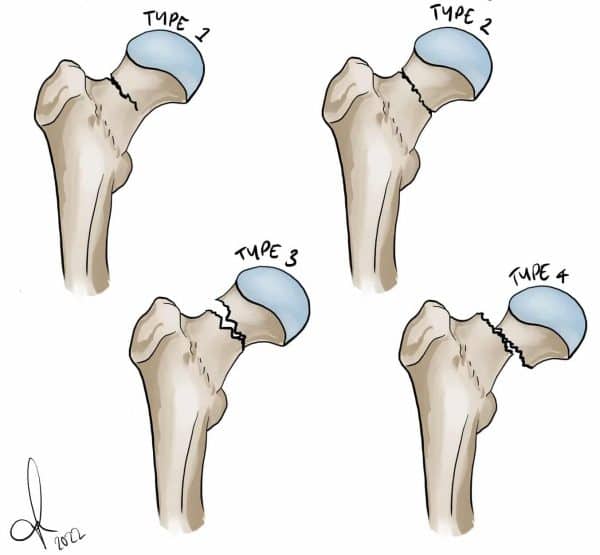
Neck of Femur Fracture Subcapital Intertrochanteric TeachMeSurgery
Hip fractures are an important health-care concern in the elderly population. Currently, hip fractures affect 18% of women and 6% of men globally. 1 Epidemiological studies have demonstrated that the incidence of hip fractures had increased from 1986 to 1995 but then steadily declined until 2012.

Roentgen Ray Reader The Garden Classification
Examples of Fracture-Specific Descriptive Classifications. Garden - guides management/surgical plan. Neer - assists describing fracture for communication. Schatzker - can predict associated injuries and prognosis. Lauge-Hansen - provides insight into mechanism. Sanders - an example of CT-based classification.

garden classification of hip fracture Diagram Quizlet
In the classification of Garden, Garden I hip fractures are expressed as the non-displaced FNFs, accounting for 15 to 20 percent of all the FNFs. The injury mechanism is the excessive external rotation leading to retroversion and valgus of femoral head.

Hip fractures in young adults Orthopaedics and Trauma
Hip fractures are an important health-care concern in the elderly population. Currently, hip fractures affect 18% of women and 6% of men globally. 1 Epidemiological studies have demonstrated that the incidence of hip fractures had increased from 1986 to 1995 but then steadily declined until 2012.
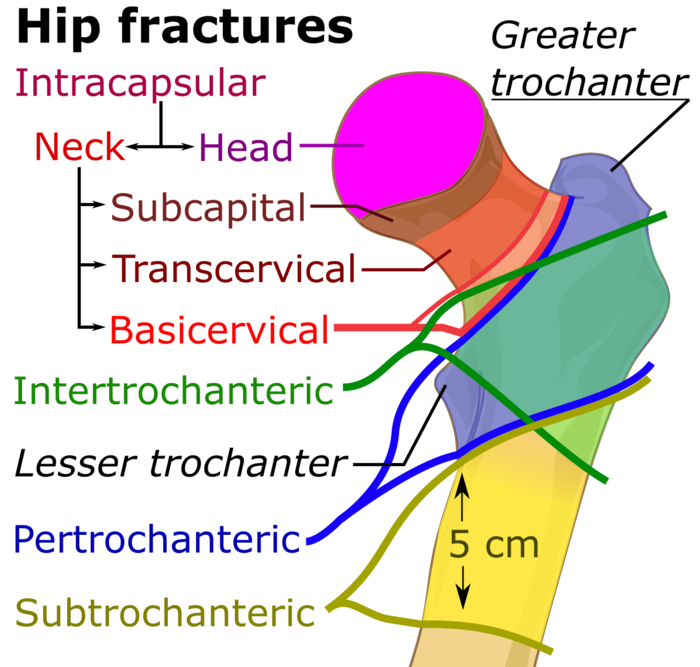
Femoral Neck Hip Fracture Physiopedia
HHS Vulnerability Disclosure Hip fractures are one of the most frequent fractures presenting to the emergency department and orthopedic trauma teams. The terms hip fracture and neck of femur fracture are used synonymously. Both terms describe a fracture of the proximal femur between the femoral head and 5 cm distal to the lesser trochanter.

Garden Femoral Neck Fracture Images Fracture
10. Pelvis & Hip Garden Classification of Femoral Neck Fractures References: Sheehan, S. E., et al. (2015). "Proximal Femoral Fractures: What the Orthopedic Surgeon Wants to Know." Radiographics 35 (5): 1563-1584. Garden R S. Low angle fixation in fractures of the femoral neck. J Bone Joint Surg (Br) 1961; 43: 647-63 Page Views: 18,287

Overview of classification and surgical management of hip fractures Orthopaedics and Trauma
The Garden classification is the most commonly used to classify intracapsular femoral neck fractures [1]. It is simple and predicts the development of Avascular necrosis of the femoral head. Garden splits into four categories depending on the severity of the fracture and the degree of displacement. Classification of Hip Fractures
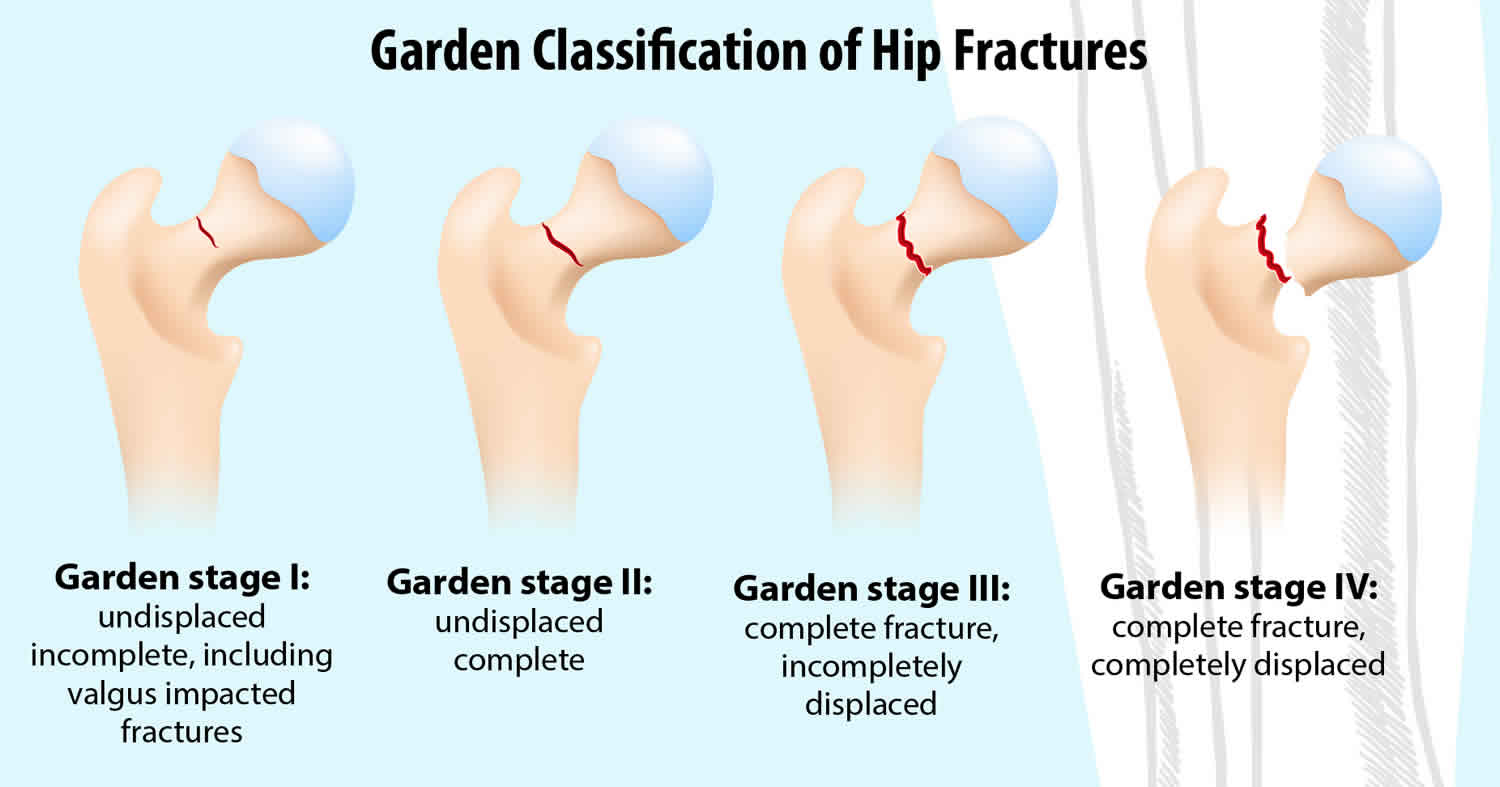
Femoral neck fracture causes, types, symptoms, diagnosis, treatment & prognosis
Background Accurate classification of femoral neck fracture (FNF) is crucial for treatment plan and therapeutic outcomes. Garden classification is commonly used in the clinic, but its stability and consistency remain controversial. The aim of this study was to evaluate the stability and consistency of Garden classification based on X and CT images, and to analyze whether it is valid for Garden.

LaKArAn HaTi Medic Classification of fracture
Radicular pain from spinal pathology Psoas abscess Classification of intracapsular neck of femur fractures The most common classification is the Garden classification: Garden I: incomplete and undisplaced fracture Garden II: Complete but undisplaced fracture Garden III: Complete fracture with partial displacement
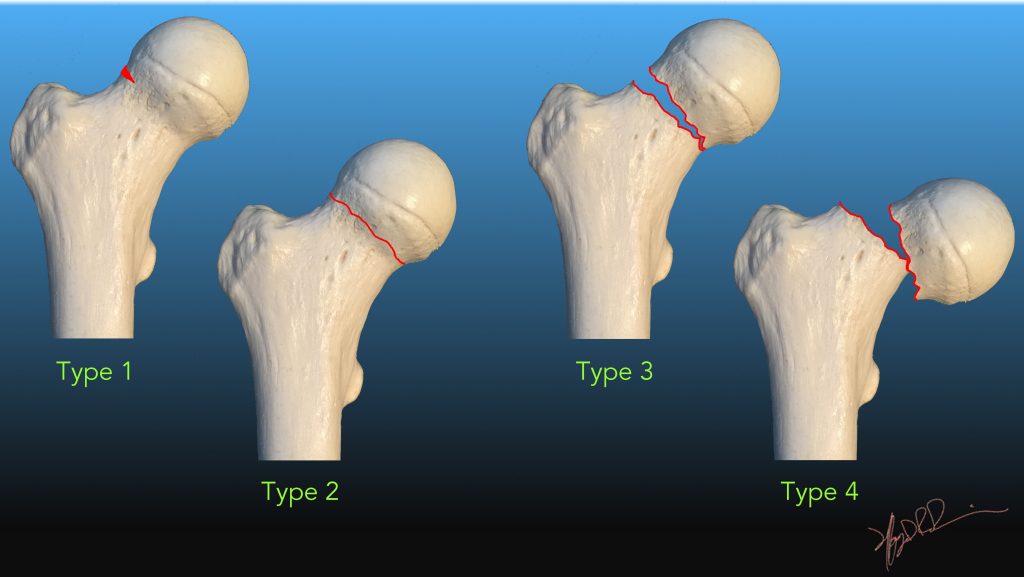
Garden Classification of Femoral Neck Fractures UW Emergency Radiology
Garden classification of hip fractures (diagram) Case contributed by Frank Gaillard Diagnosis not applicable Share Add to Citation, DOI, disclosures and case data Diagram Garden classification images. 1 article features images from this case 12 public playlists include this case Related Radiopaedia articles Garden classification of hip fractures

Garden classification of hip fractures Radiology Reference Article Hip
Description Garden's classification is based on AP radiographs of the hip ( Table 1 ). Four types of fractures are included, incomplete and valgus impacted (Type I, Fig. 1A ), complete and nondisplaced (Type II, Fig. 1B ), complete and partially displaced (Type III, Fig. 1C ), and complete and fully displaced (Type IV, Fig. 1D ).
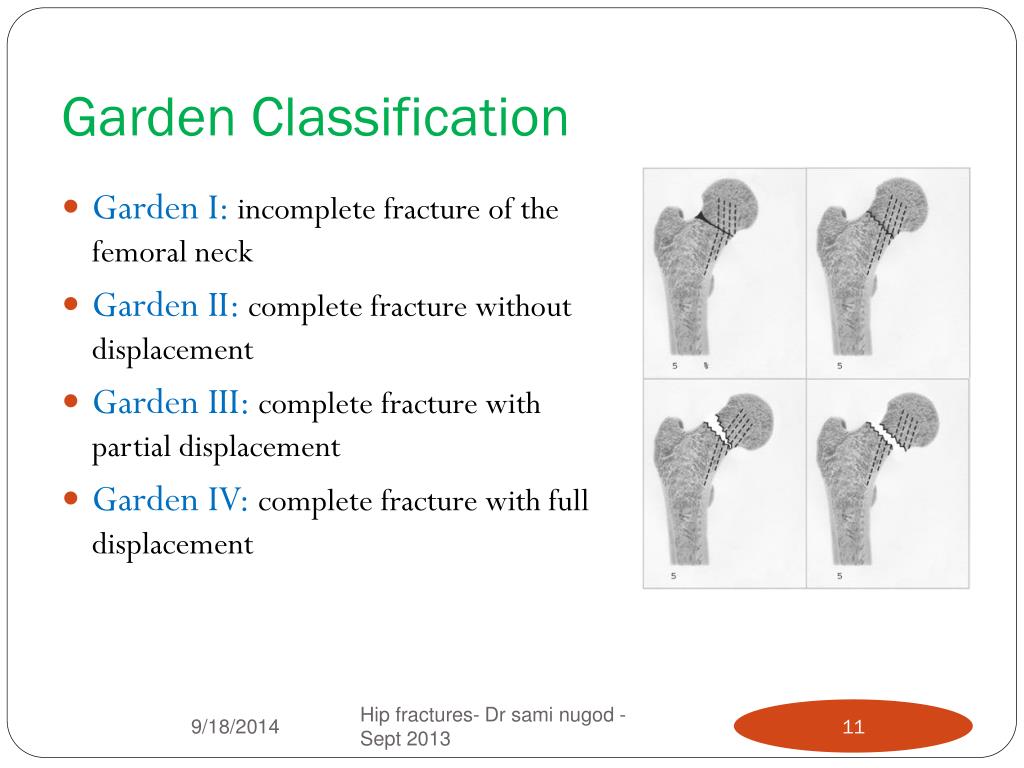
PPT HIP FRACTURES Dr Sami Nugod PowerPoint Presentation, free download ID4568065
Neck of femur (NOF) fractures, or femoral neck fractures, are common injuries sustained by older patients who are more likely to have both unsteadiness of gait and reduced bone mineral density, predisposing to fracture. Elderly osteoporotic women are at greatest risk. Epidemiology
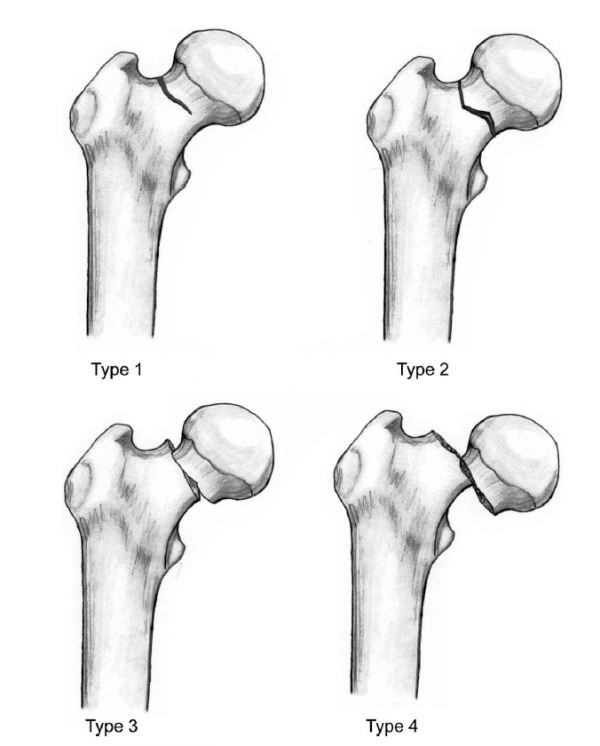
Femoral Neck Fractures Physiopedia
In 1961, Robert Symon Garden, a British orthopaedic surgeon, tried to address the above problems publishing his classification of four types for intracapsular hip fractures. 9 His classification is based on anteroposterior radiographs of the hip examining fracture completeness, continuity of the bony trabeculae between femoral head and neck.

Fratture dell'anca illustrazione vettoriale. Illustrazione di rottura 190147773
Hip fractures is classified into intracapsular and extracapsular fractures. Intracapsular fractures (femoral neck fractures): Occurs within the hip capsule; accounts for 45% of all acute hip fractures in the elderly; susceptible to malunion/avascular necrosis of the HOF because of the limited blood supply to the area. The Femoral Neck Fractures, Garden Classification is the most commonly.